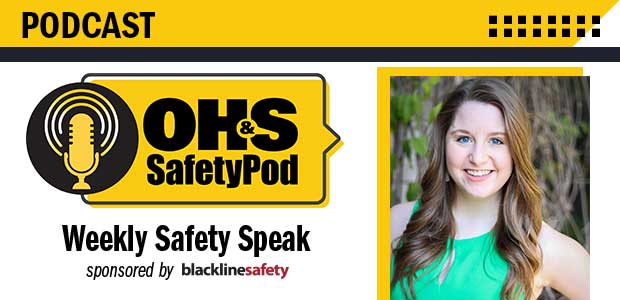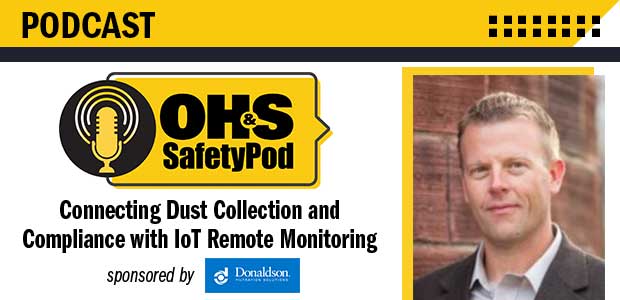
Gebbers Farm Operations was cited for 24 safety violations after an employee complaint prompted an investigation in July.
Throughout the year, OSHA has continued to prioritize worker health and safety, especially in regards to the COVID-19 pandemic.
Because of high elderly death rates, those who are 75-year-old and older will be next in line for the coronavirus vaccine.

The TNEC will continue to offer hazard training for workers with the help of the grant.
Fire may not seem like an immediate threat, but there are more than 5,000 fires in manufacturing plants every year.

Neck gaiters have been proven to provide protection from coronavirus-carrying respiratory droplets.

Episode 46
In this Safety Speak mini episode of the podcast, Editor Sydny Shepard discusses ISO/PAS 45005: General guidelines for safe working during the COVID-19 pandemic, a new study on telecommuting and BLS data that shows workplace fatalities are at their highest since 2007.
The ISO/PAS 45005 guidelines on working safely during the pandemic were developed in only three months instead of the usual three years ISO International Standards take.

The death of a California construction worker in June resulted in around $54,000 in fines for two construction companies.
The number of workplace fatalities has reached a new peak, with 5,333 deaths recorded in 2019.
The Site-Specific Targeting Directive will apply to non-construction businesses.

The test delivers results to your smartphone within 15 minutes of collecting a sample.
The FDA issued the first emergency use authorization for a coronavirus vaccine on December 11.

Ontario, Canada has had a steady increase in construction worker deaths in the past six years.

Episode 45
Listen in as Editor Sydny Shepard and Donaldson's Brent Nelson chat about the adoption of IoT in industrial facilities as well as its specific application with dust collectors.
The holiday season combined with the influx of people working from home has contributed to a large increase in residential fires in Michigan.

Fifty percent of Americans would prefer to work from home even after the pandemic is over, says a report by Pew Research Center.
In the field of transportation, distractions can be deadly—even those that generally go unseen.
An FDA panel voted 17–4 to give emergency use authorization to the Pfizer vaccine.

Due to weak workplace safety and coronavirus protection, a Utah representative may begin the process of introducing a bill to protect state workers.